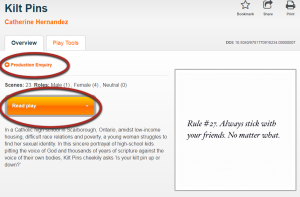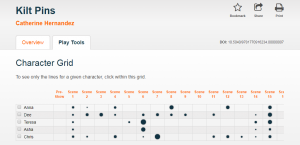“Classics Illustrated” Comics in Distinctive Collections
Last week, I posted an article on this blog in which I discussed the value of collecting comic books in special collections, while drawing on examples from Marvel Comics in Falvey Library’s holdings. This week, I have another comic-book collection to highlight: Falvey’s holdings in Classics Illustrated. This series, which was published by three separate publishers (Elliot Publishing Co., Gilberton Company, and Frawley Corporation) from 1941 to 1969, adapted literary classics to the comic-book medium. It has significant research value not only in comics studies, but also in adaptation studies, a field that is becoming increasingly central in the arts and humanities. With the tagline “Featuring stories by the world’s greatest authors,” the series sheds light on mid-twentieth-century cultural conceptions of texts that have traditionally been viewed as particularly significant in the United States and elsewhere, as well as how these texts were transmitted to new audiences.
- Classics Illustrated, no. 47, Twenty Thousand Leagues Under the Sea.
- Classics Illustrated, no. 54, The Man in the Iron Mask.
- Classics Illustrated, no. 64, Treasure Island.
- Classics Illustrated, no. 75, The Lady of the Lake.
- Classics Illustrated, no. 128, Macbeth.
- Classics Illustrated, no. 130, Caesar’s Conquest.
The Tragedy of Macbeth and Paratext
These comics include not only abridged adaptations of their source material, but also paratextual material that assists readers to understand and appreciate the stories. For example, the adaptation of William Shakespeare’s Tragedy of Macbeth includes numerous explanatory footnotes, which make the early modern language of the text more accessible to twentieth-century readers.
Additional segments at the ends of issues often provide biographical and historical context for the preceding narrative, typically in the form of a text box. The following two examples, drawn from the Macbeth issue of Classics Illustrated, explain Shakespeare’s life and the relation between the play and King James I of England (you may click on all images in this blog article to enlarge them).
- Detail from Classics Illustrated, no. 128, Macbeth.
- Detail from Classics Illustrated, no. 128, Macbeth.
Other times, this type of supplementary content at the end of an issue takes the form of a comic book, like the following panels on British history, which are again drawn from the final pages in the Macbeth issue.
Another paratextual aspect worth noting is the banner that appears across the bottom of the final page in each adapted story, which urges readers to track down a copy of the original text in a school or public library. This inclusion demonstrates the comics’ goal of developing an appreciation of literature in younger readers. On the one hand, this is beneficial in that it encourages engagement with libraries and promotes further reading. On the other hand, it is potentially problematic in its suggestion that comics are valuable only if they serve as a stepping stone to a more highly respected (and supposedly more advanced) medium or mode of reading, namely prose and verse.
While seeking to cultivate a love of reading, Classics Illustrated promoted bibliophilia, especially as the notion relates to the material aspect of books. The following advertisement demonstrates this attitude, as it aims to sell a “handsome, durable, permanent” binder for storing Classics Illustrated issues, which is “made to last a lifetime of handling.” (However, the primary aim of any advertisement is, of course, to sell a product or service.)
The Murders in the Rue Morgue
Getting back to the adapted narratives themselves, it is important to note that Classics Illustrated sometimes altered or added to the source material. An illustrative case-in-point is the adaptation of Edgar Allan Poe’s “The Murders in the Rue Morgue,” which is collected alongside two other adaptations in issue #21 of Classics Illustrated. “The Murders in the Rue Morgue,” published in 1841 in Graham’s Magazine, is widely considered the first modern detective story. It is a predecessor to popular detective fiction like Sir Arthur Conan Doyle’s Sherlock Holmes series, as well as numerous dime novels and story papers available on the Villanova Digital Library, most notably Mystery Magazine (1917-1927). Poe’s full short story is available on Falvey’s website. A facsimile edition of the manuscript can also be consulted in-person at the library.
- Classics Illustrated, no. 21, 3 Famous Mysteries.
- Detail from Classics Illustrated, no. 21, 3 Famous Mysteries.
Famously, this short story ends (spoilers!) with the reveal that a runaway orangutan had committed the eponymous murders. In Poe’s story, the orangutan’s fate remains ambiguous. However, the comic book adds an extra page at the end of the story, where detective C. Auguste Dupin and his associate (the unnamed narrator of Poe’s story, who is named “Poe” in the comic-book adaptation) track down and fight the animal, which was changed to an ape for the comic book. These changes and additions to the source material may have happened for a variety of reasons. In this case, perhaps the creators wanted the story to fit more neatly into the conventions of the adventure comic-book genre, hence the action-packed ending. Alternatively, they may have felt uncomfortable depicting an ambiguous ending, where a dangerous animal is still on the loose, especially if their target audience was mainly composed of children. (I have no explanation, however, for why the animal was changed from an orangutan to an ape.)
Robin Hood
Besides detectives like Dupin and Holmes, another famous character portrayed in Classics Illustrated is Robin Hood. Two early issues of Classics Illustrated in Falvey’s collection feature the character. Robin Hood has had a long history of popular culture portrayals (having even become a fox in a Disney animated film), and comics are no exception. In addition to Classic Illustrated issues, the English folk hero also appears in Martin Powell and Stan Timmons’ Robin Hood, published by Eternity Comics in 1989. The series’ first issue, which was recently donated to Falvey, sports a cover illustration by painter N. C. Wyeth. (More information about the original painting is provided in the Brandywine River Museum of Art’s N. C. Wyeth Catalogue Raisonné.) Other popular culture materials at Falvey’s Distinctive Collections that depict Robin Hood’s adventures include dime novels like the Aldine Robin Hood Library and The Story of Robin Hood (1889), both of which are available to read on the Villanova Digital Library.
- Classics Illustrated, no. 7, Robin Hood.
- Detail from Classics Illustrated, no. 7, Robin Hood.
- Classics Illustrated, no. 2, Ivanhoe.
- Robin Hood, vol. 1, no. 1.
All the comics shown in this article, and several more issues of Classics Illustrated and other titles, are available to see in Falvey’s Rare Book Room during walk-in hours (Wednesdays 9:30-11:30 AM and Thursdays 2-4 PM) or by appointment. Make sure to check the library’s blog for more articles on our growing collections of comic books, dime novels, and other popular literature.
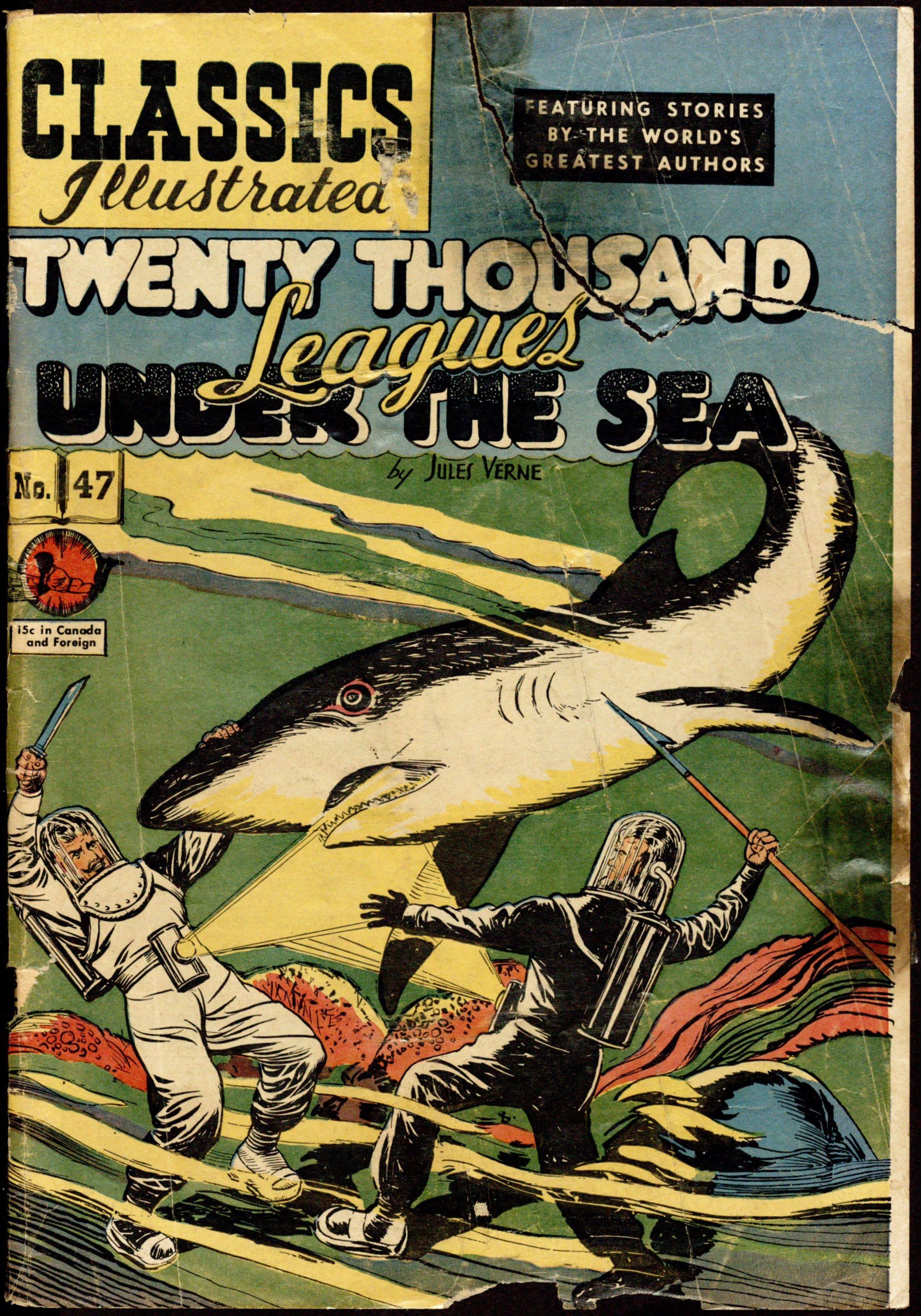








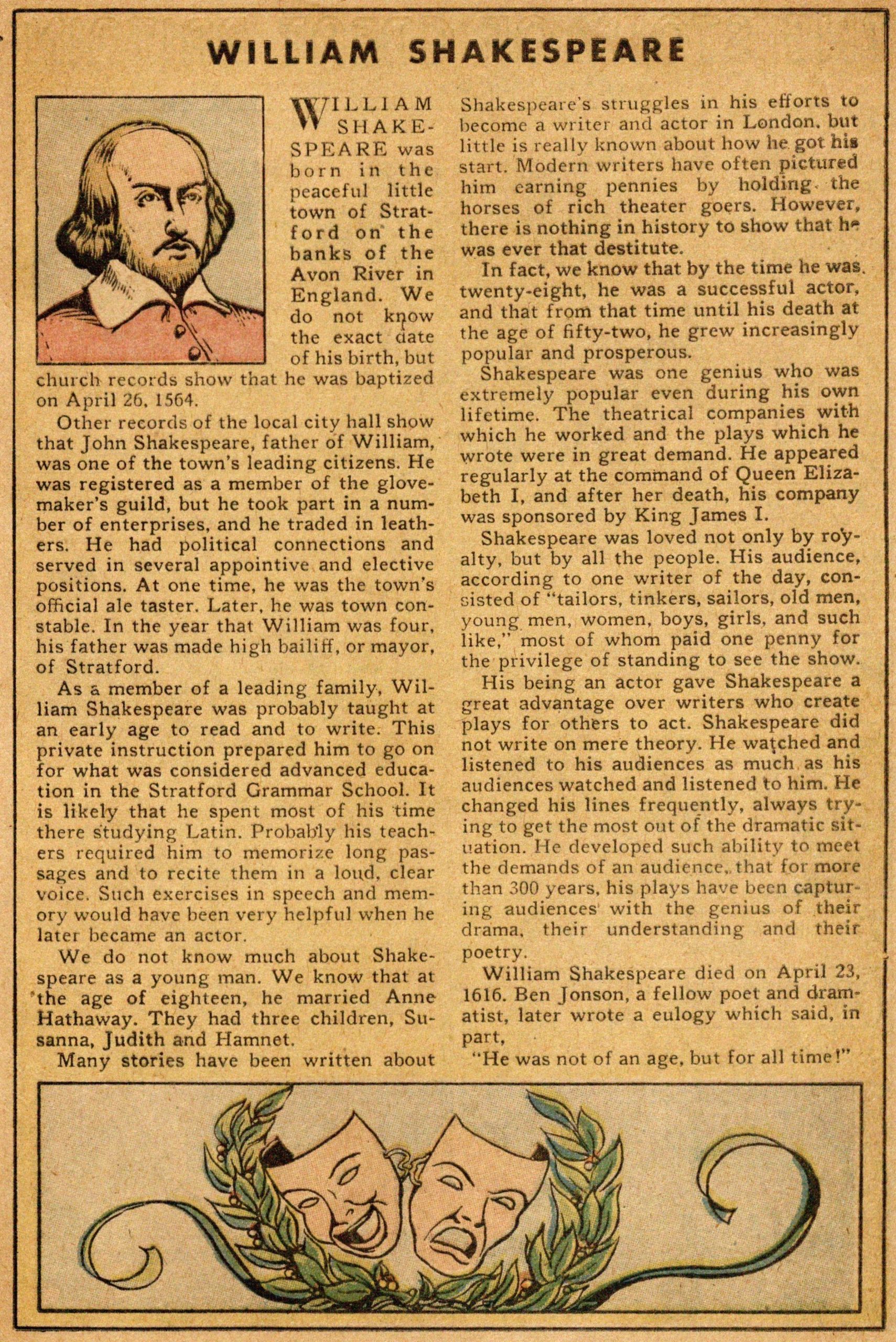
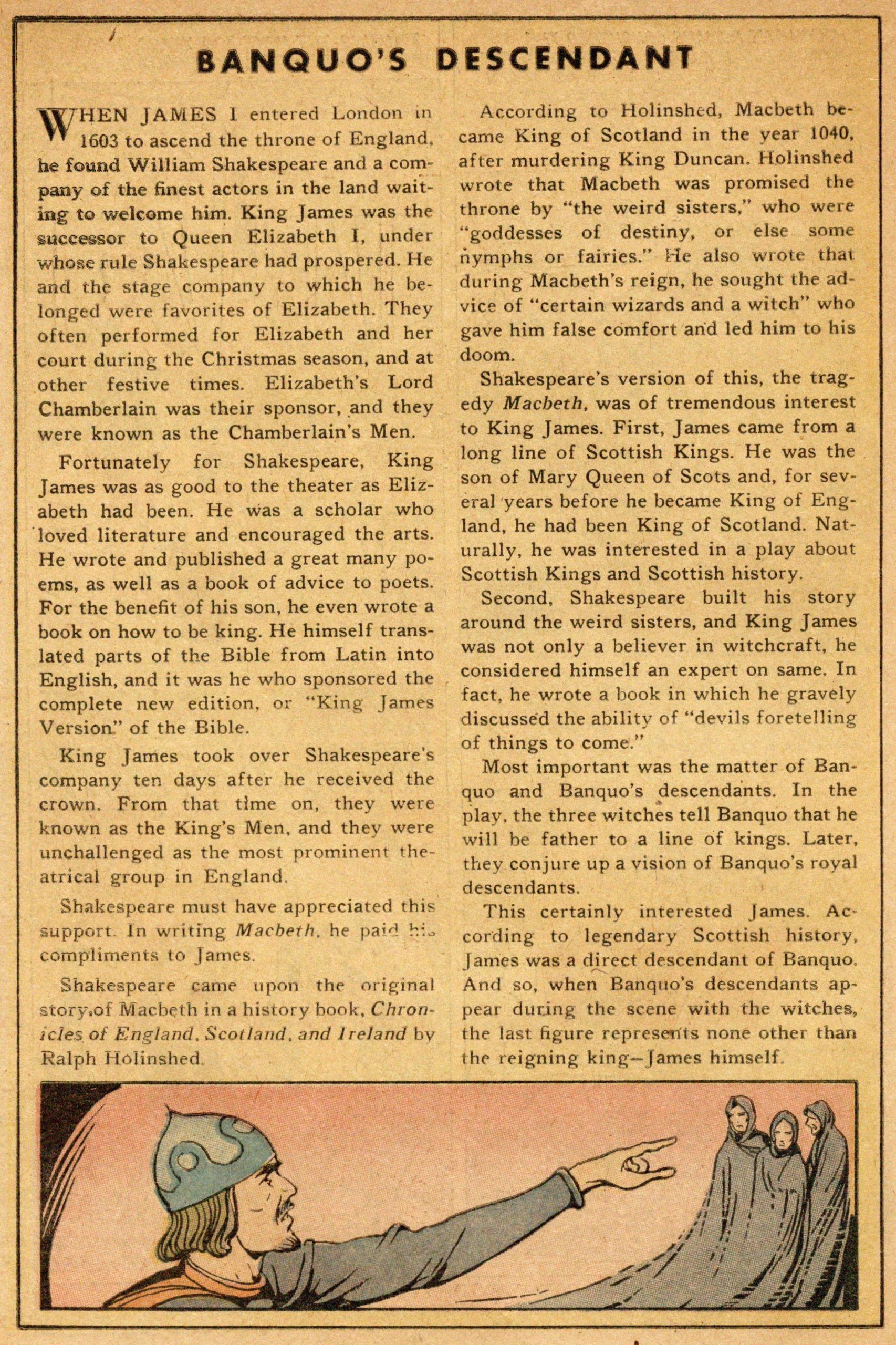






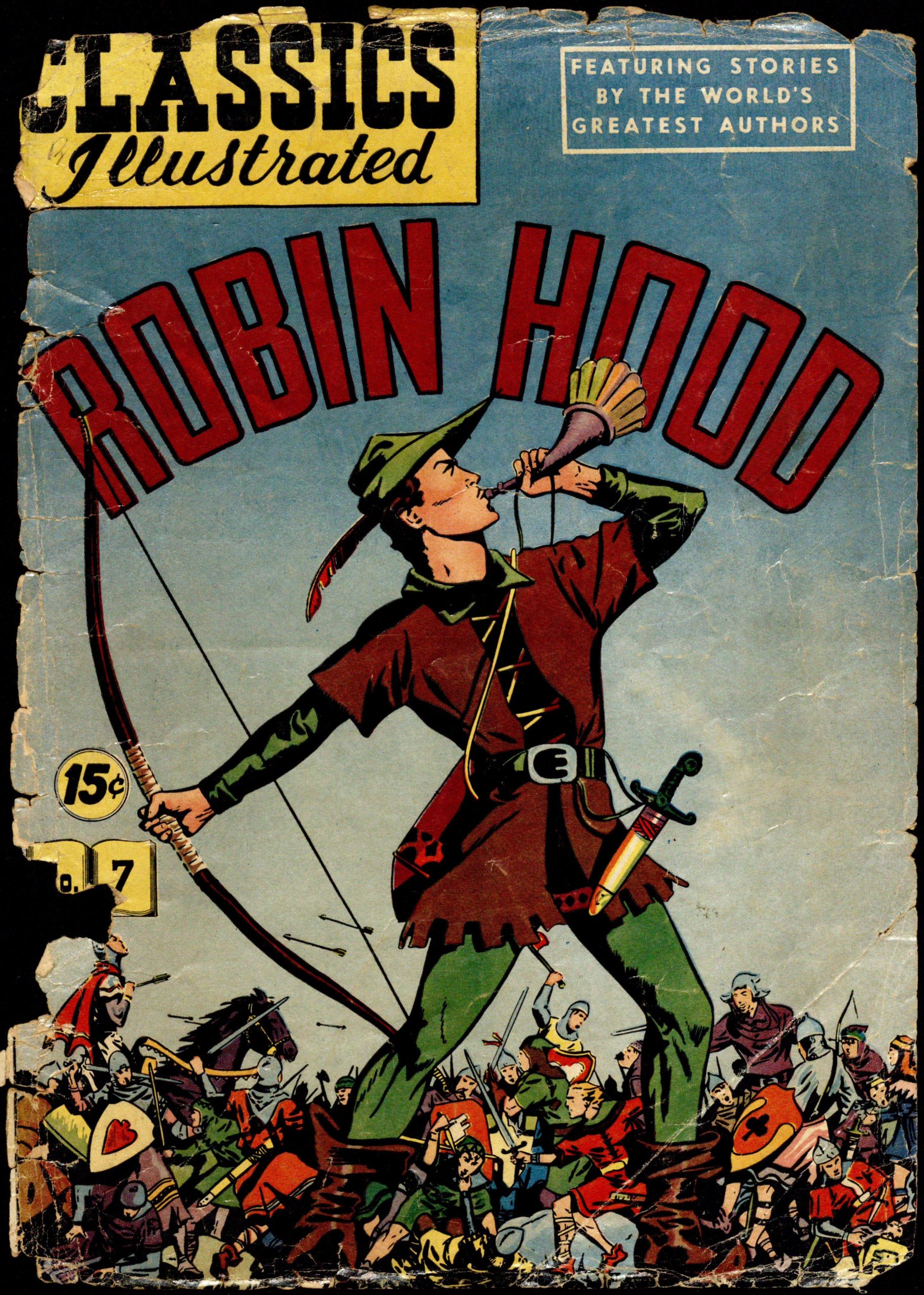
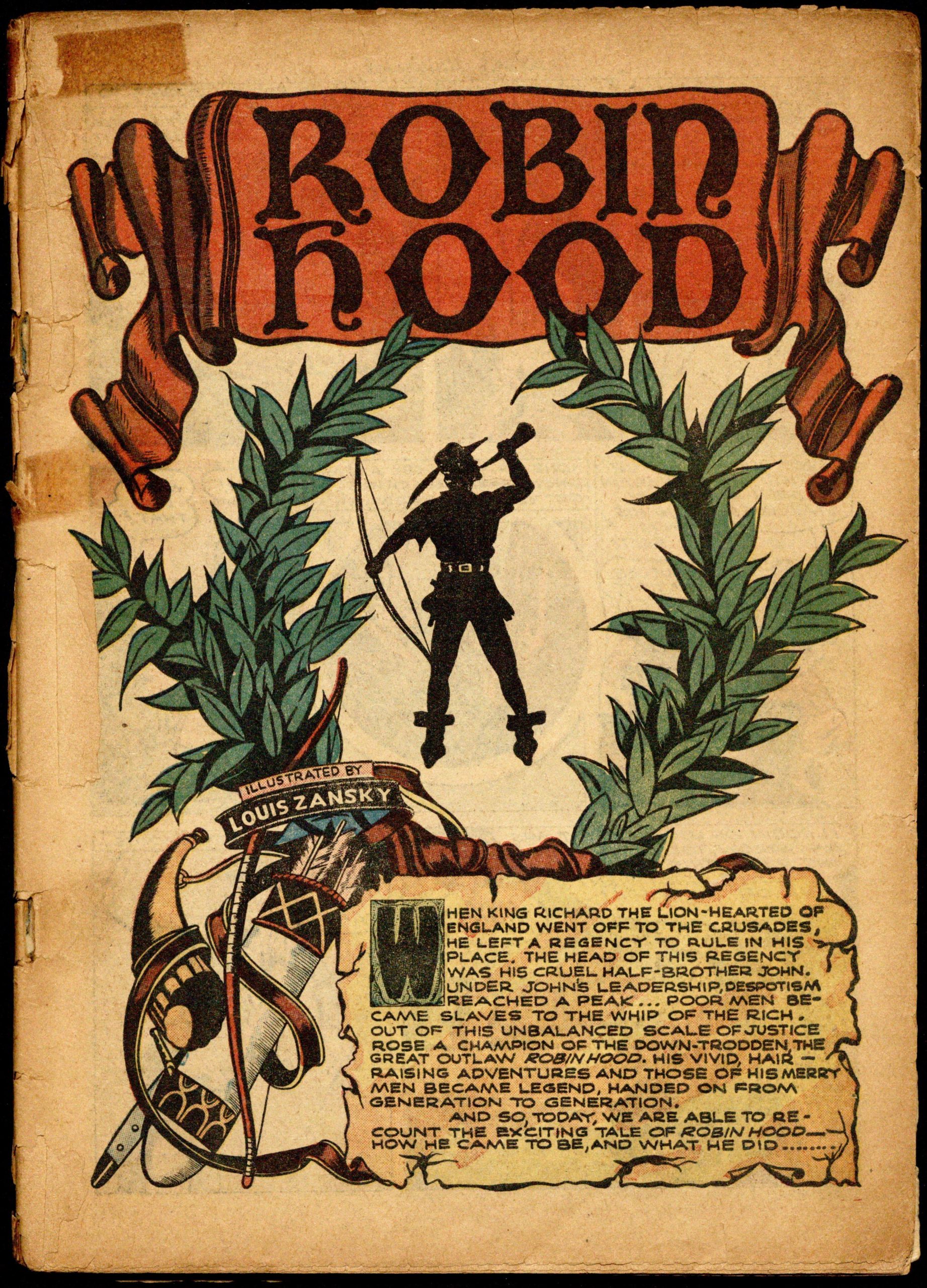
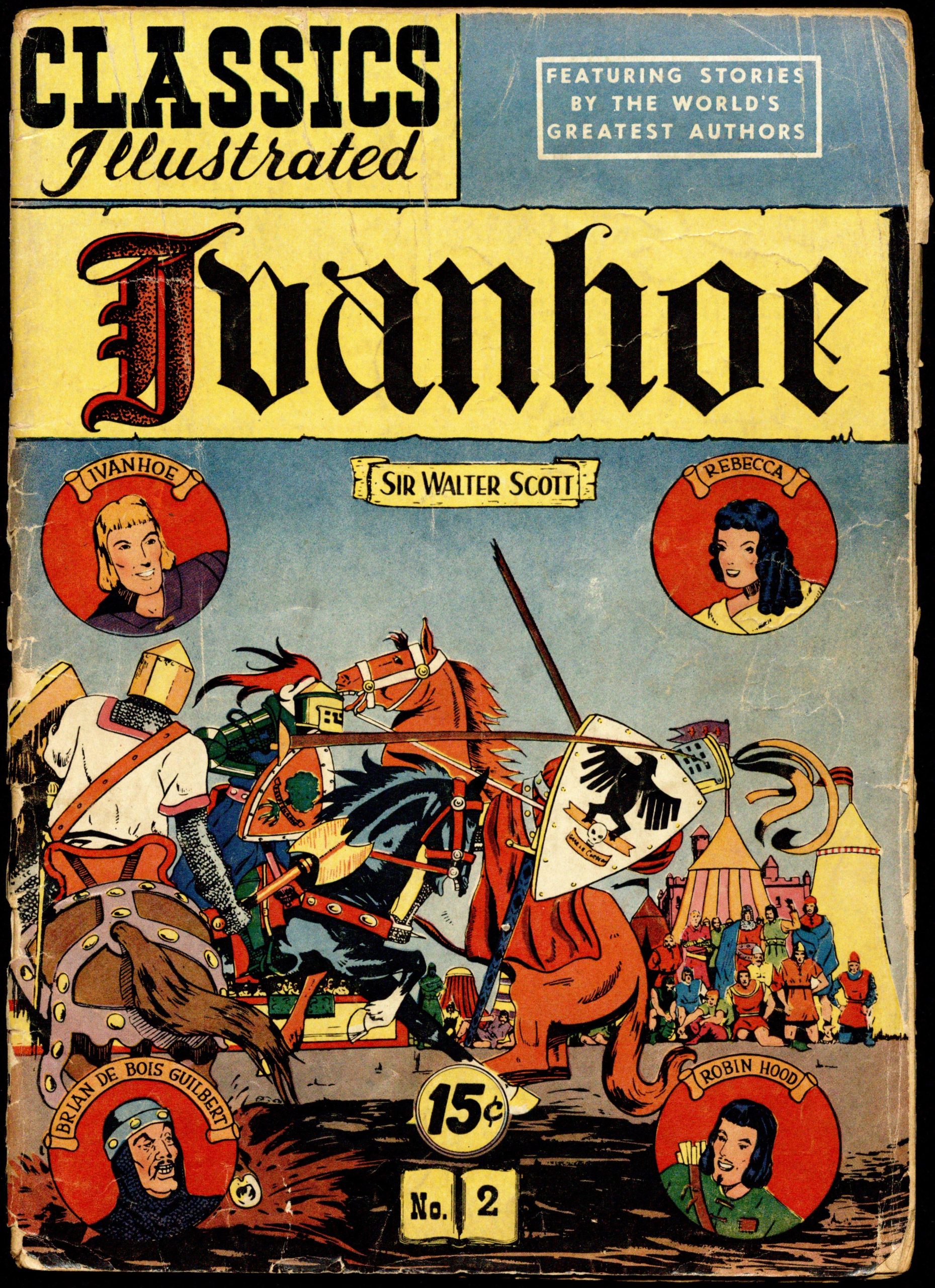




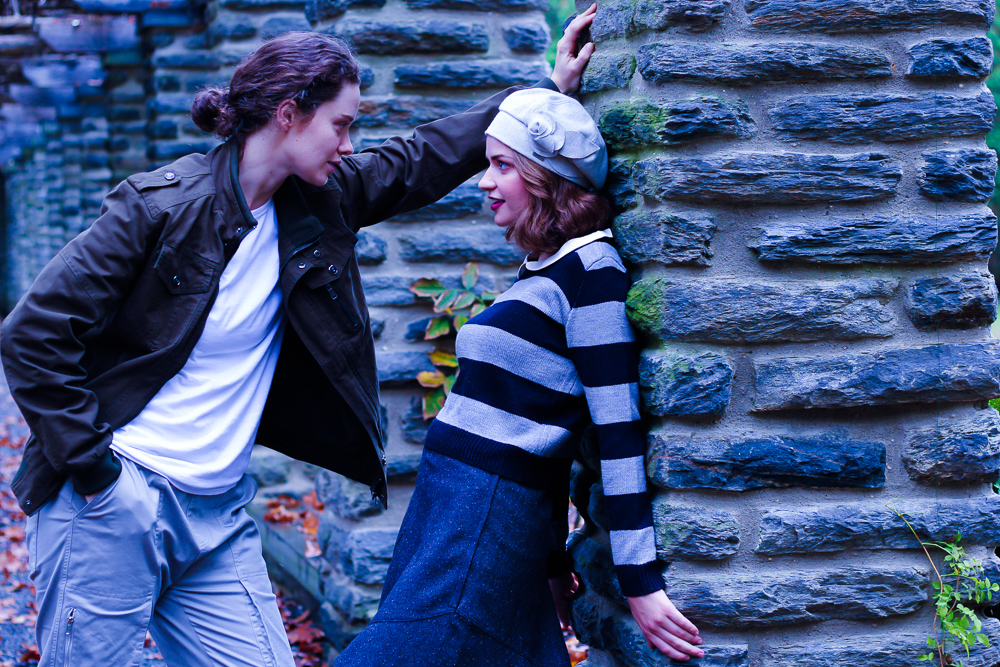

 Daniella Snyder is so excited to see Villanova Theatre’s production of A Midsummer Night’s Dream. Her favorite Shakespearean play is Othello. She also wants to thank Sarah Wingo, the Falvey Subject Librarian for English, Theatre, and Romance Languages, for her help and information about valuable Shakespearean resources.
Daniella Snyder is so excited to see Villanova Theatre’s production of A Midsummer Night’s Dream. Her favorite Shakespearean play is Othello. She also wants to thank Sarah Wingo, the Falvey Subject Librarian for English, Theatre, and Romance Languages, for her help and information about valuable Shakespearean resources.